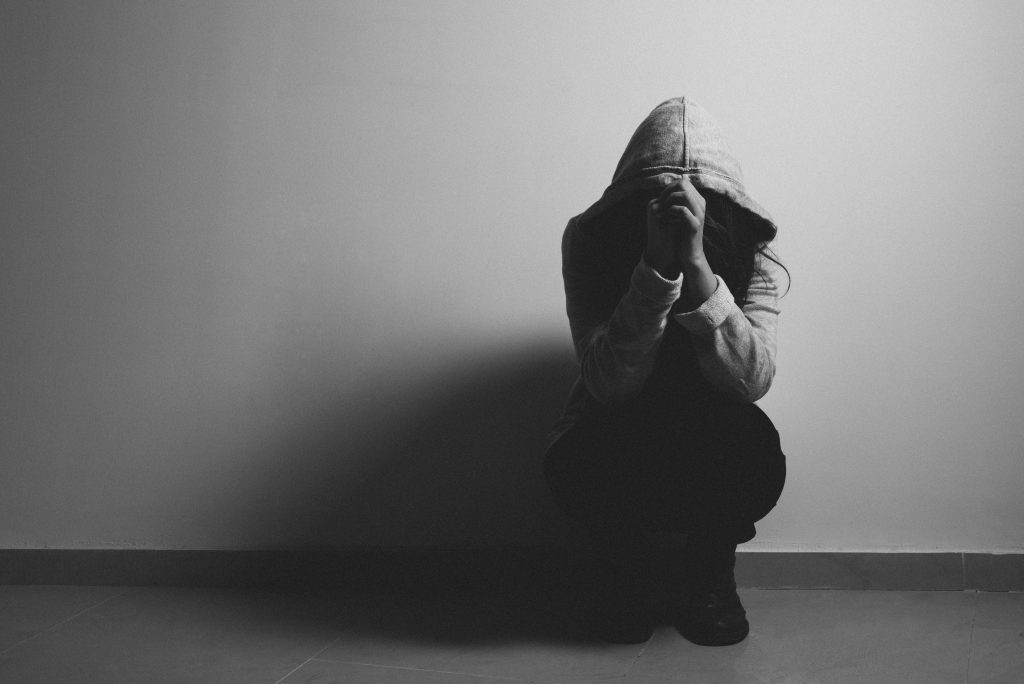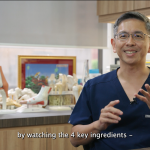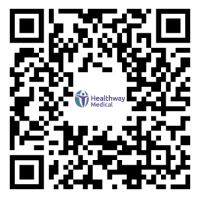What is an anxiety or panic attack?
The term “anxiety attack” bears different meanings to different individuals. Oftentimes, it is used interchangeably with that of panic attacks. However, panic attacks and anxiety attacks are different conditions despite sharing similarities, and it is useful to understand the differences between the two.
“Anxiety attacks” are not diagnosable under the Diagnostic and Statistical Manual of Mental Disorders (DSM-5).
Panic attacks, on the other hand, are recognised under DSM-5 and are categorised as either expected or unexpected. Panic attacks occur abruptly and spontaneously, and individuals usually report a discrete period of intense fear or discomfort, typically reaching a peak within 10 minutes.
There are three characteristic types of Panic Attacks:
- unexpected (uncued),
- situationally bound (cued), and
- situationally predisposed.
Unexpected panic attacks are defined as those which have no obvious triggers, either internal or external stimulus. An example would be the description of having an attack that arise “out of the blue”
Situationally bound panic attacks are defined as those that occur immediately on exposure to, or in anticipation of a trigger. An instance could involve someone having Social Phobia where they would experience panic attacks at the thought or act of speaking in public. Another example is that of Specific Phobias where the individual in coming into contact or thinking about the feared cue may experience a panic attack.
Situationally predisposed panic attacks are more likely to occur in relation to a given trigger, but they do not always occur.
What can trigger an anxiety attack/ panic attack?
An anxiety attack is usually preceded by feelings of worry or stress. While they share semblance to panic attacks, they are usually less intense physically. One can experience both an anxiety and a panic attack concurrently.
For instance, in the example given above of social phobia, one may experience anxiety while worrying about delivering a presentation at work which is deemed potentially stressful and scary. When the situation arises, anxiety may culminate in a panic attack.
A panic attack is accompanied by at least four of the following symptoms:
- Palpitations, racing heart or pounding heart
- sweating
- trembling or shaking
- sensations of shortness of breath
- feelings of choking
- chest pain or discomfort
- queasy stomach or nausea
- feeling dizzy, unsteady, lightheaded or faint
- numbness or a tingling sensation
- hot and cold flashes
- fear of dying
- fear of losing control or going crazy
- feeling detached from oneself and one’s surroundings.
What should I do if I am having a panic attack?
Learning more about panic attacks along with picking up relaxation techniques would be beneficial overcoming the symptoms.
Telling yourself to “stop panicking”, “get your act together” would not be effective as it only focuses your attention upon your symptoms. Should you experience symptoms of panic attacks, remind yourself that it is uncomfortable but not life threatening.
Some helpful tips you can try:
- Focusing ones’ attention away from your body and symptoms, e.g. counting backwards in threes from 100.
- Visualising one’s breath and taking efforts to slow down the pace (usually when one is having a panic attack, their heart rate races, and breathing is erratic). This method of controlled breathing activates the parasympathetic nervous systems.
Another useful grounding technique, called “5-4-3-2-1”, includes using our five senses to notice things in our surroundings:
- 5 things you can see
- 4 things you can touch
- 3 things you can hear
- 2 things you can smell
- 1 thing you can taste
This technique helps one to reorient to the present physical environment.
Is there a difference between an anxiety attack and a panic attack? How can I tell the difference?

A difference between anxiety and panic attack is that anxiety is usually related to a stressor that is perceived as threatening. Once the stressor is removed, the anxiety will dissipate.
As for panic attacks, they are not always cued by stressors. Furthermore, the intense fear and terror may cause them to fear that they are going to die, lose control or have a heart attack. In addition to the intense physical symptoms of chest pains, dizziness, or nausea, their behaviour is affected as well, with them avoiding places or situations where they think they may be at risk of a panic attack.
If I have anxiety attacks very often, what can I do to reduce the frequency?
Panic attacks are treatable. Recurring panic attacks related to anxiety can take an emotional toll and place adverse impact to one’s daily functioning. If you do experience panic attacks, do seek help by consulting your GP to rule out possible medical ailments, such as hyperthyroidism, asthma or diabetes.
You make also make an appointment with a mental health professional to learn techniques and strategies to better manage the experiences. Treatment options include medication, psychotherapy, stress management, proper breathing techniques and relaxation techniques.

Mr Eugene Tay
Principal Psychologist and Programme Director
PsycHealth
Our Specialists
Mr Eugene Tay is a Principal Psychologist and Programme Director at Psychealth Practice, a member of Healthway Medical Group. He has an extensive background working with adolescents, adults and couples across clinical, corporate as well as military settings.
Mr Eugene views psychological therapy as an opportunity for clients to share, reflect and process collaboratively with a professional through their psychological or emotional issues faced, and is person-centric and emphatic in helping his clients work toward their therapeutic goals.











